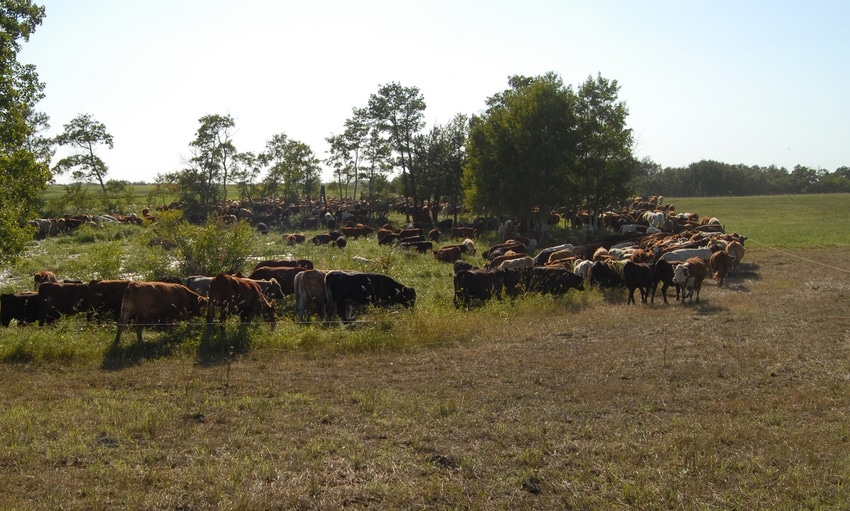
In Ecclesiastes 1:8-10 Solomon, the wisest man on the planet, wrote, “What has been will be again" and "there is nothing new under the sun.” He goes on to tell us that much of our problem is with memory.
So I would borrow from Solomon by saying there is nothing new about the natural model. Those of us who have mostly left the green revolution of the past six or seven decades and are studying and practicing the natural model are mostly learning and attempting to apply natural principles and laws.
Much of modern industrial agriculture is vanity and will fail. In several years most future agriculturists will not view those of us currently on the fringe as lunatics. As a matter of a fact several converts are moving toward our thoughts and teachings every week.
Beef Producer readers are on the increase. I recently made comments and explanations concerning the principles of boom and bust and made reference to multiple user groups out on the land. I also made the statement that equilibrium in natural systems is a myth.
The industrial systems have been described by many others besides me as moving in the direction of creating these things:
Increase of lower-seral plants.
Monoculture plant farming.
Increases in annual plant species.
More chemicals, inputs, bare ground and loss of soil life, organic matter and biodiversity.
Dependence on iron and oil.
Dependence on average years, which are rare.
Necessity of government or outside support.
Low profitability per acre.
Destocking or loss of cattle numbers.
Loss of the big four natural cycles - the water cycle, mineral cycle, energy cycle, and biological cycle.
Compare the above industrial systems to natural model systems and you will likely travel 180 degrees. The natural model systems approach includes and results in:
Boom and bust grazing following complete plant recovery.
Increases in higher-seral plant numbers, biomass and tonnage.
Increases in plant biodiversity.
Increases in perennial plants.
Environmentally adapted animals.
Near elimination of drought and flood.
Huge reduction of inputs and costs.
Profitability every year.
Almost non-political production or dependence.
Robust and diverse life above and below the soil surface.
New soil development.
Fun and enjoyment and health.
Stress reduction.
Re-establishment of highly functional water, mineral and energy cycles and high numbers and diversity of biological life.
Shortening of the non-grazing season.
Here are three principles that help build up the natural model system.
Completely recovering pastures before use.
Severely grazing with high animal density.
Adding small amounts of inputs that the location and environment does not contain.
About the Author(s)
You May Also Like






